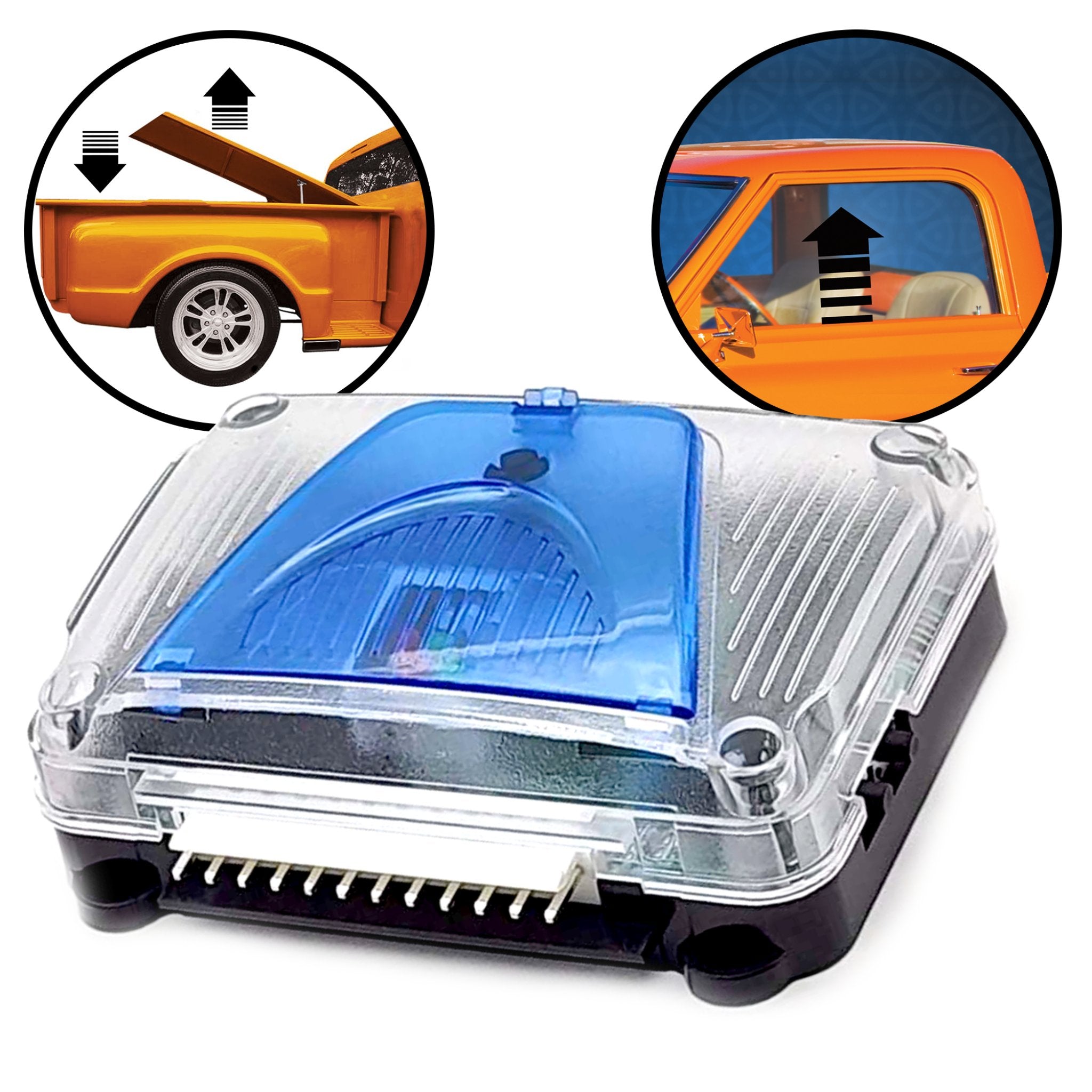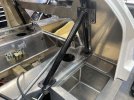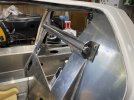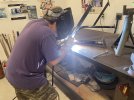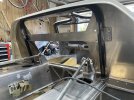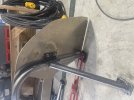Roll Bar
First let thank John Howard for his guidance and welding expertise. It was nice to spend the day in his shop assembling the roll bar pieces into a cohesive unit. Because he was careful about managing heat, the unit dropped right into place when I bought it back home
I am doing a hybrid roll bar. The main hoop is behind the FW and the crossbar is in front of the FW. I used parts from the provided six point cage to fabricate the rear hoop. I bought some more DOM for the crossbar. The two are attached through the FW via flanges made from 2” x 3/16” angle iron.
I made the hoop a bit narrower so that the feet rest close to the joint between the sponson and engine bay tub. There are two layers of vertical 1/4” aluminum plate there. I also welded on the drop bars for a cleaner look.
I made the hoop a bit taller so the top of the hoop goes up into the recess in the spider so that the view through the rear window is not blocked. I spaced the bar 3/16” away from the bulkhead to provide access to the bulkhead window frame and fasteners.
There is enough room between the spider and the top of the roll bar to add a flange that goes from the top of the roll bar, over the bulkhead and into the spider. This flange is where I will mount the front hoop connection, if I decide to add a front hoop.
I saw in other’s build logs that it was necessary to remove about 1/4” from the outer edge of the bulkhead to get it to fit inside the spider. A big part of that is the bulkhead as shipped is mounted on top of the roll bar feet. Because I narrowed the hoop and it is behind the FW, the bulkhead can be lowered down to the sponson surface, which is about 1/4”. I still had to remove some material from the sides of the bulkhead for a good fit. I just elongated the three holes on each side of bottom edge.
After I return from the GT40 Reunion, with a side trip to San Francisco and many stops in between (about five weeks of cross country RV travel), I will add 1/2” square tube wings to the roll bar.
Normally there is just a 1/8” thick aluminum bulkhead separating the interior from the engine bay.
Three problems with that: 1) Not only does it not stop the noise and heat, but it acts like a drum and amplifies the noise, 2) Anything mounted to the bulkhead will have fasteners sticking out the other side, and 3) The door striker plate has no real support.
The bulkhead will be fastened to the forward side of 1/2” tubes for support and then another layer of aluminum will be fastened on the aft side. That will create a 1/2” gap between the layers in which insulation will be added. I will use RivNuts to fasten items to the panels such as the coil, ignition box, fuse box, etc.
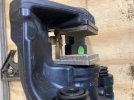 2F9284D3-41F1-41E5-87CB-AFEEF48B932F.jpeg374.5 KB · Views: 144
2F9284D3-41F1-41E5-87CB-AFEEF48B932F.jpeg374.5 KB · Views: 144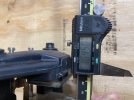 C77B8698-DE2D-4EEC-BA29-6473B4ED333C.jpeg344.4 KB · Views: 130
C77B8698-DE2D-4EEC-BA29-6473B4ED333C.jpeg344.4 KB · Views: 130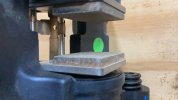 520201E6-E45A-4D16-86DB-CE87F9D6375C.jpeg445.8 KB · Views: 124
520201E6-E45A-4D16-86DB-CE87F9D6375C.jpeg445.8 KB · Views: 124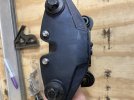 B99CB31C-68D2-40E3-A0F4-E672A3F3FA57.jpeg339.6 KB · Views: 121
B99CB31C-68D2-40E3-A0F4-E672A3F3FA57.jpeg339.6 KB · Views: 121 93843289-536B-4555-A3D4-A2300E66F772.jpeg401.1 KB · Views: 111
93843289-536B-4555-A3D4-A2300E66F772.jpeg401.1 KB · Views: 111 42C19BB0-3ED7-43A8-A76D-3F10C3876E7E.jpeg262.6 KB · Views: 113
42C19BB0-3ED7-43A8-A76D-3F10C3876E7E.jpeg262.6 KB · Views: 113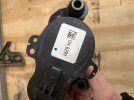 56A5A2CE-808F-478F-90C4-A80BE7FFF1CF.jpeg312.9 KB · Views: 111
56A5A2CE-808F-478F-90C4-A80BE7FFF1CF.jpeg312.9 KB · Views: 111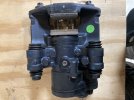 17D79D18-624A-4BA5-AD7F-C4386096BD64.jpeg435.5 KB · Views: 114
17D79D18-624A-4BA5-AD7F-C4386096BD64.jpeg435.5 KB · Views: 114
